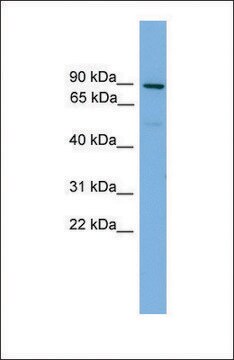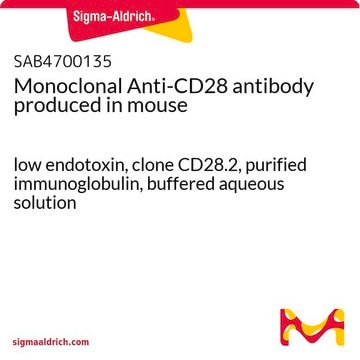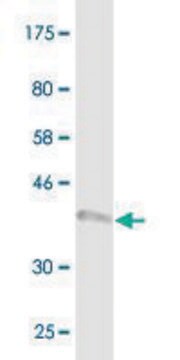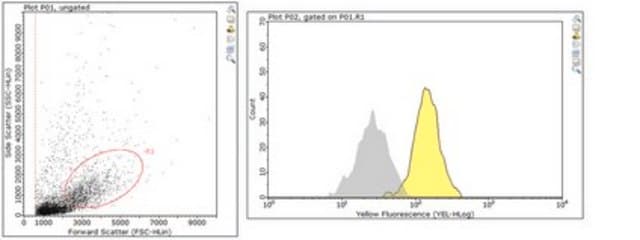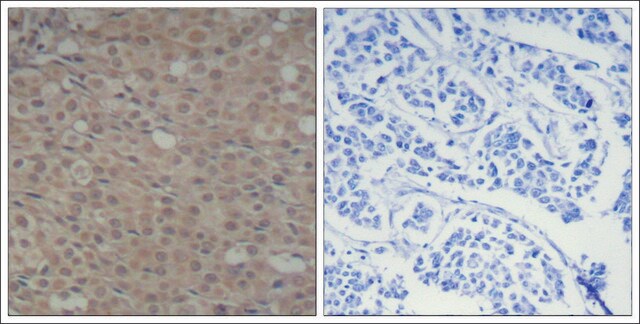SAB4300564
Anti-SMAD3 (Ab-208) antibody produced in rabbit
affinity isolated antibody
同義詞:
Anti-DKFZp586N0721 antibody produced in rabbit, Anti-DKFZp686J10186 antibody produced in rabbit, Anti-HSPC193 antibody produced in rabbit, Anti-HsT17436 antibody produced in rabbit, Anti-SMAD family member 3 antibody produced in rabbit
About This Item
推薦產品
生物源
rabbit
共軛
unconjugated
抗體表格
affinity isolated antibody
抗體產品種類
primary antibodies
無性繁殖
polyclonal
形狀
buffered aqueous solution
分子量
~52 kDa
物種活性
rat, human, mouse
濃度
1 mg/mL
技術
immunohistochemistry (formalin-fixed, paraffin-embedded sections): 1:50-1:100
indirect immunofluorescence: 1:100-1:200
同型
IgG
免疫原序列
(N-L-S-P-N)
NCBI登錄號
UniProt登錄號
應用
research pathology
運輸包裝
wet ice
儲存溫度
−20°C
目標翻譯後修改
unmodified
基因資訊
human ... SMAD3(4088)
一般說明
免疫原
生化/生理作用
特點和優勢
標靶描述
外觀
免責聲明
Not finding the right product?
Try our 產品選擇工具.
儲存類別代碼
10 - Combustible liquids
水污染物質分類(WGK)
WGK 1
閃點(°F)
Not applicable
閃點(°C)
Not applicable
分析證明 (COA)
輸入產品批次/批號來搜索 分析證明 (COA)。在產品’s標籤上找到批次和批號,寫有 ‘Lot’或‘Batch’.。
我們的科學家團隊在所有研究領域都有豐富的經驗,包括生命科學、材料科學、化學合成、色譜、分析等.
聯絡技術服務



